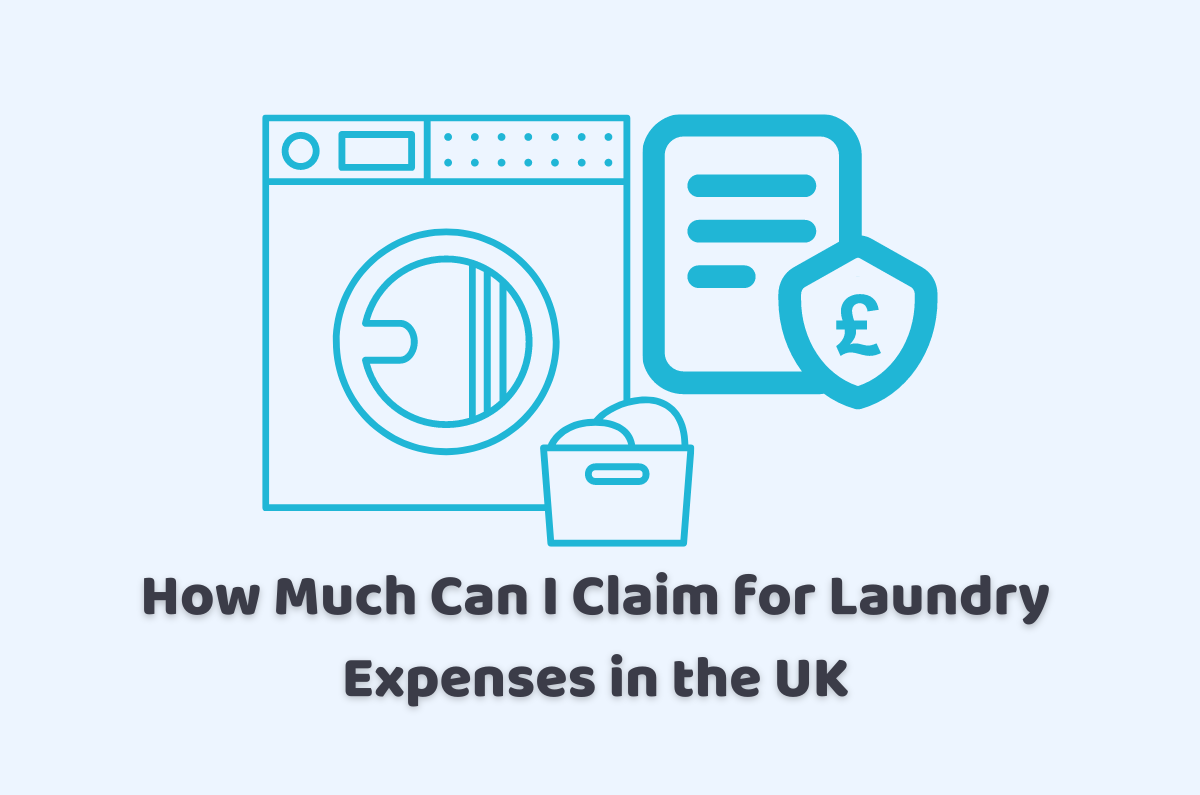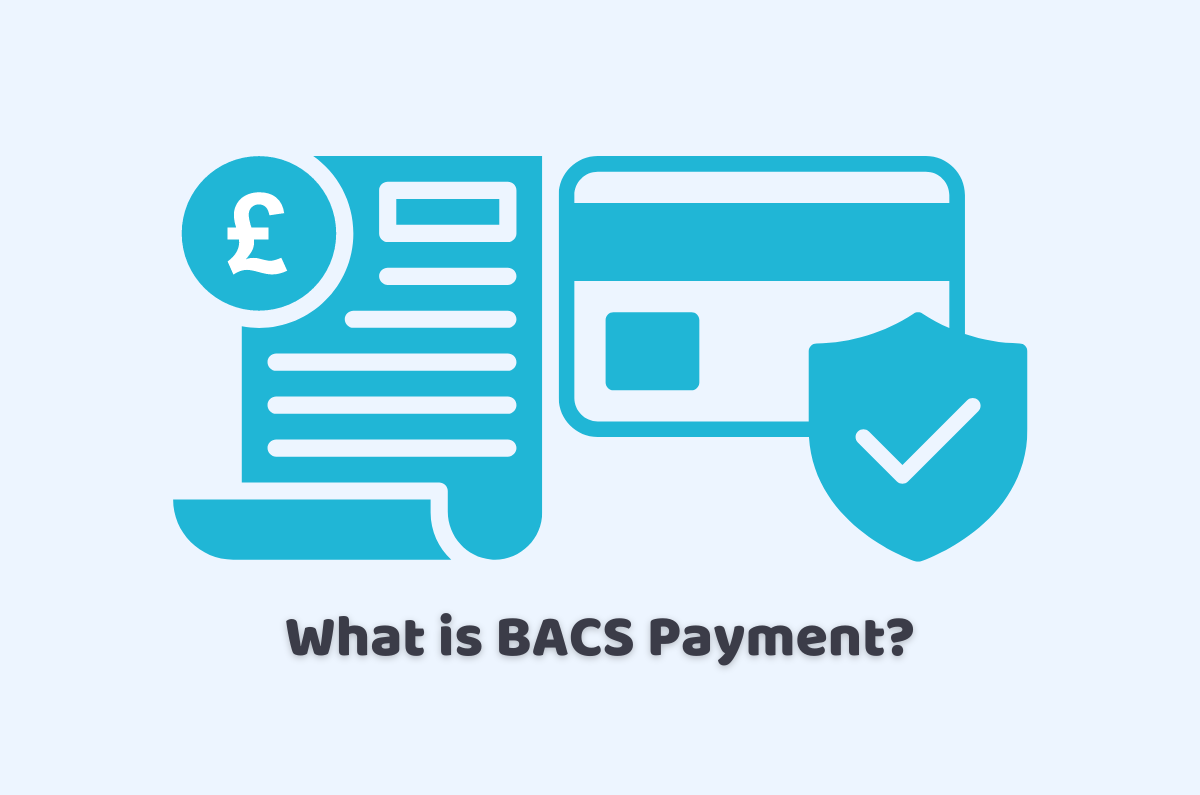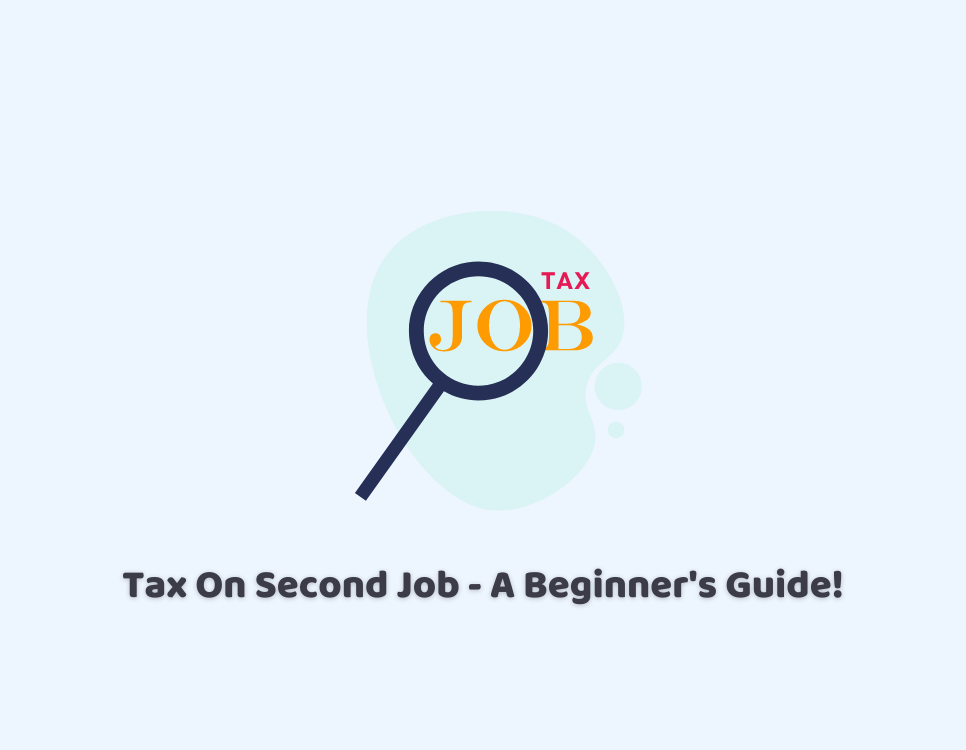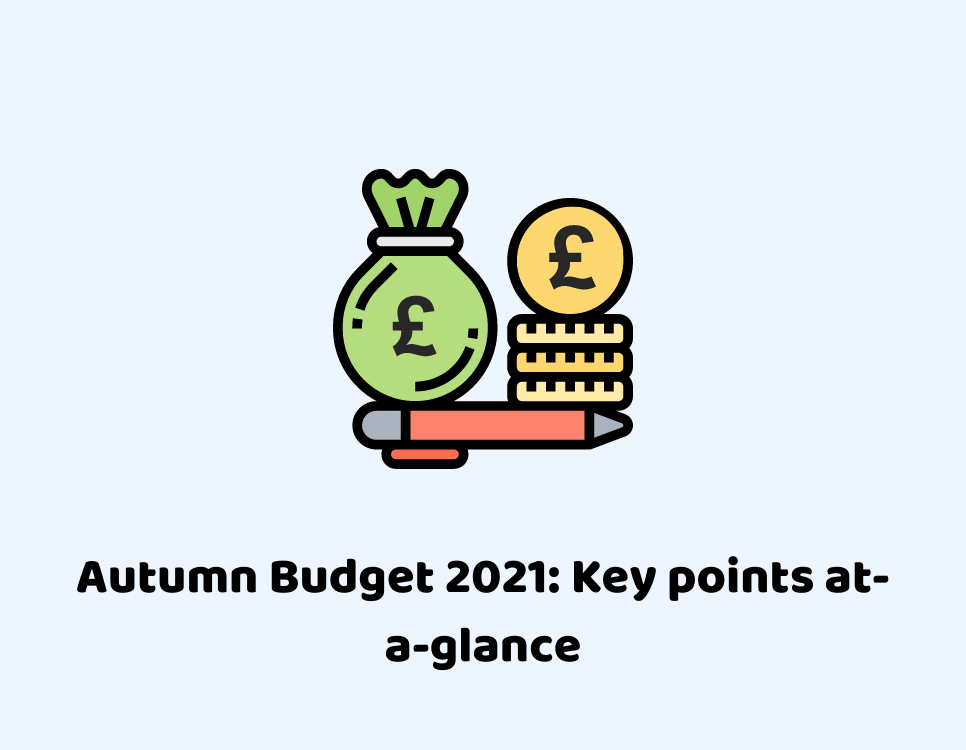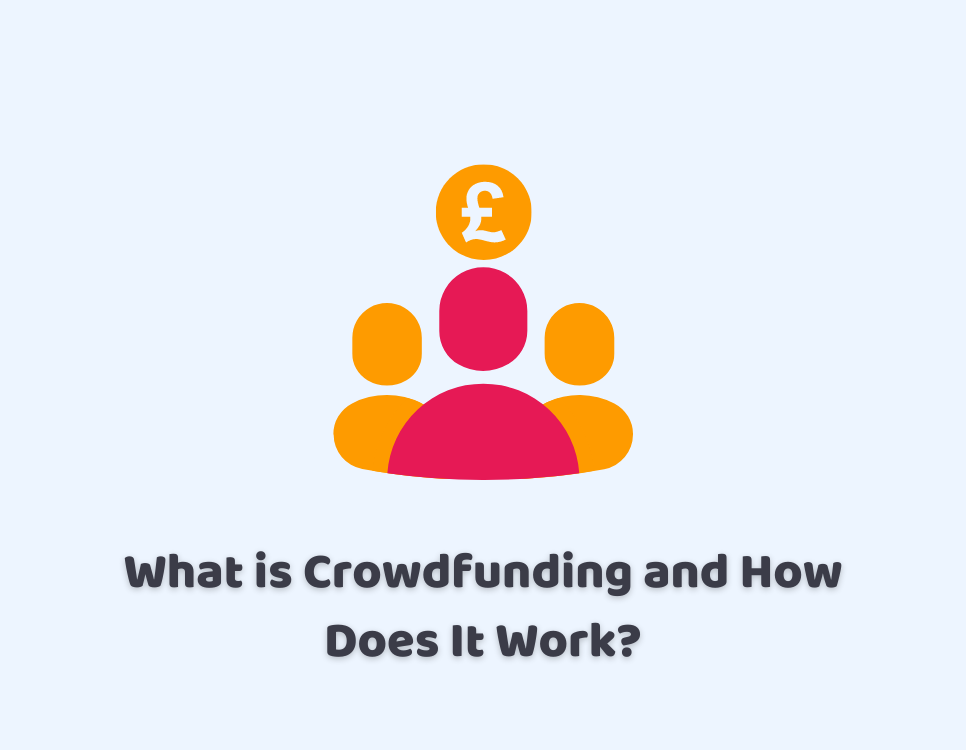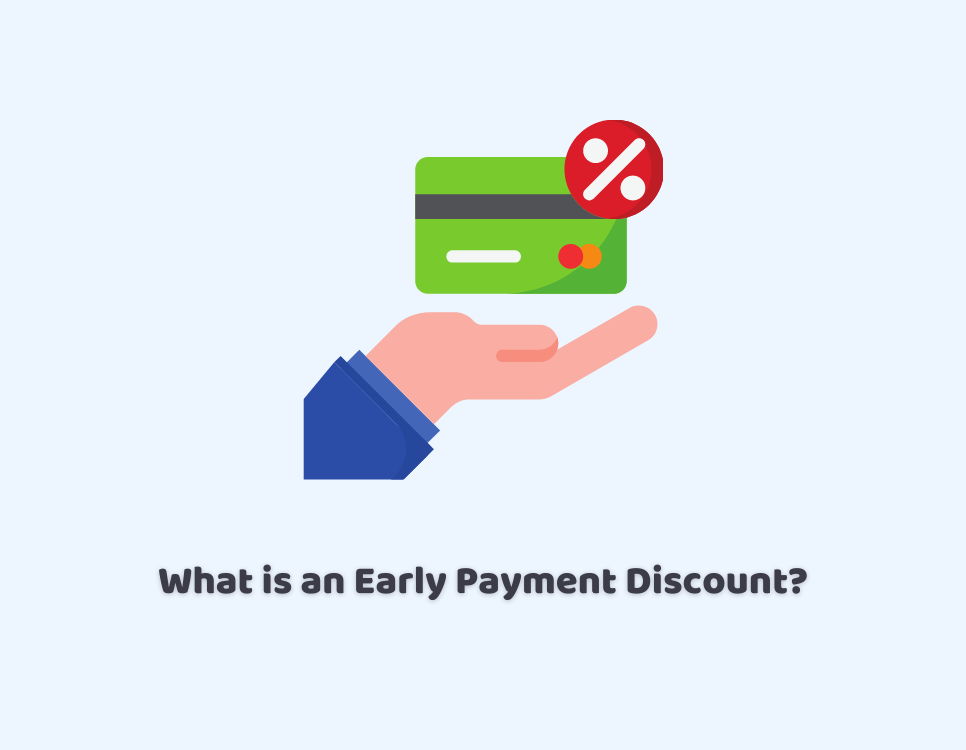26/02/2024Accountants , Budgets & Other , Business , Business Growth Ideas
Are you wondering how much can i claim for laundry expenses? Laundry expenses can be a legitimate business expense for self-employed individuals and certain types of businesses in the UK. However, the rules and regulations surrounding the deductible cost of these expenses can be complex and confusing. The purpose of this discussion is to provide …
Read more

